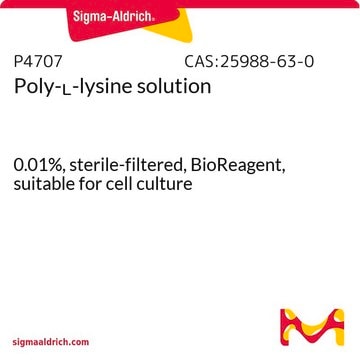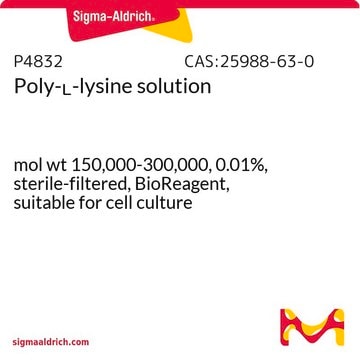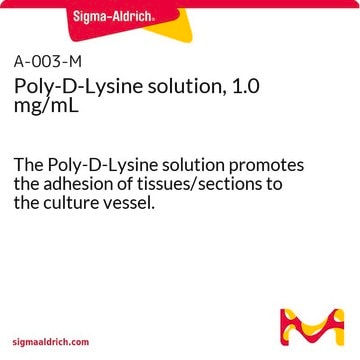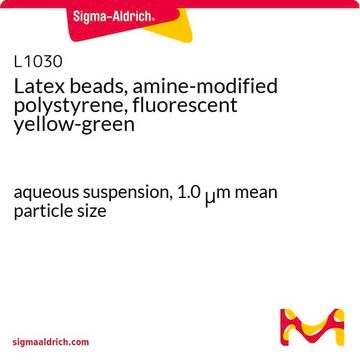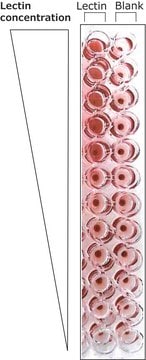This product is tested for solubility in water at 50 mg/mL. The product, in solution, is quite stable when stored at 2-8°C. The freeze/thaw stability of this material has not been investigated. However, the thawing process may cause degradation. The product P4832 is a prepared solution that is stored refrigerated and assigned a 2 year shelf life.
Please see the link below to review the product datasheet for additional information:
https://www.sigmaaldrich.com/deepweb/assets/sigmaaldrich/product/documents/784/704/p6407pis.pdf
